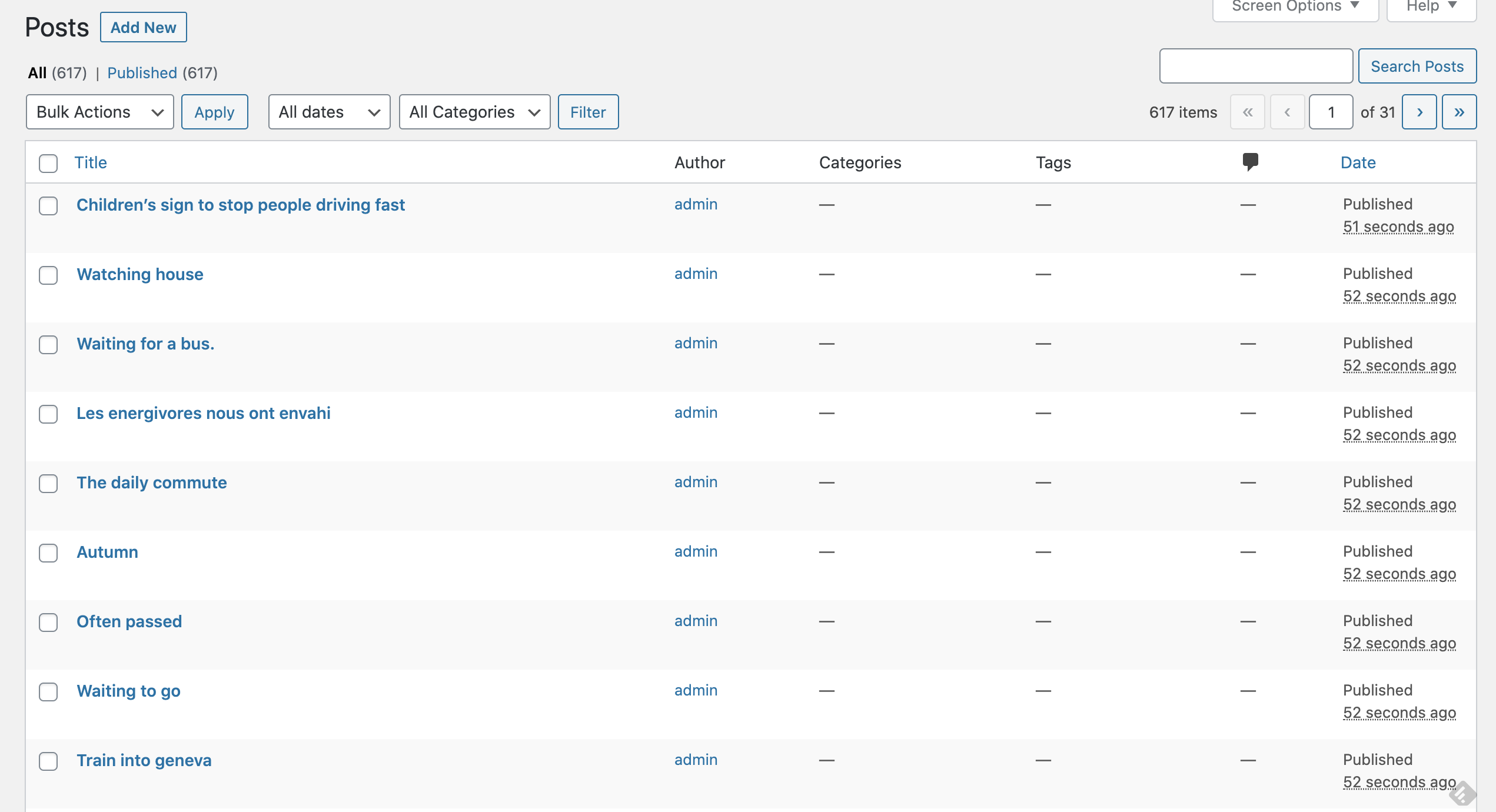Tag: trial and error
-

Learning by Trial And Error
Reading Time: 4 minutesEvery day or two I see people post about how the Fediverse should be simplified to welcome new people. It’s a shame. Signing up for a fediverse server is easy. It’s the same process as for every site. The biggest difference is that you’re signing up for a privately owned, crowd sourced…
